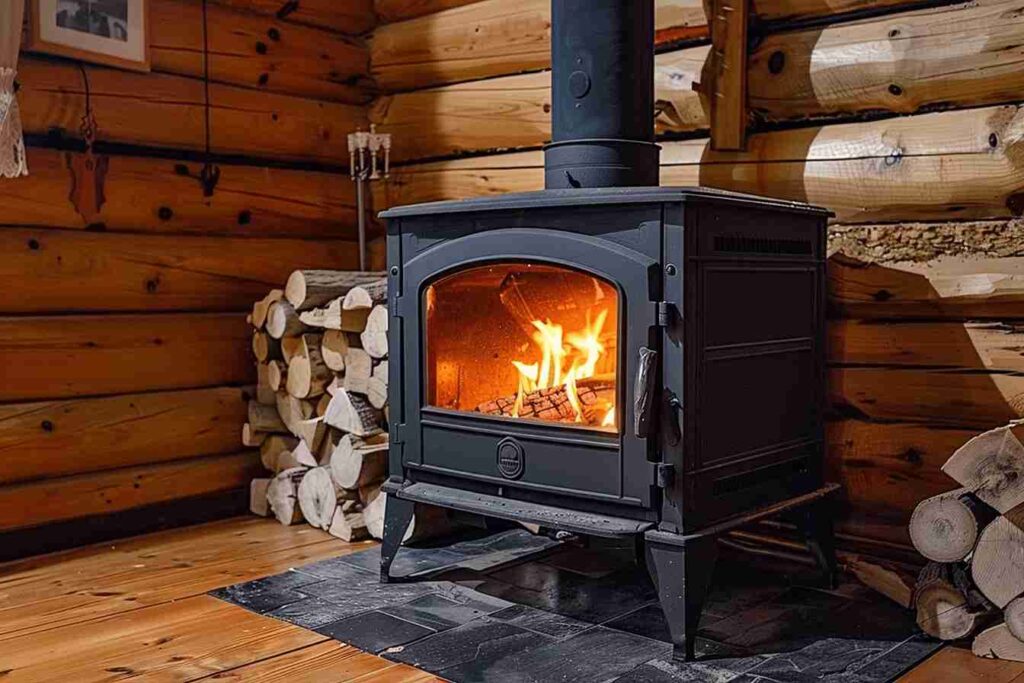
If you’ve ever cozied up next to a pellet stove on a chilly Central Texas night, you know how comforting that gentle warmth feels. Here in Austin, pellet stoves are a popular way to keep your home toasty without cranking up the central heat. But just like any hardworking appliance, pellet stoves don’t last forever without a little TLC. If you’re wondering when your pellet stove might start showing signs of trouble, or what repairs you should look out for, you’re in the right place. Let’s break it down together in a way that’s easy to follow, even if you’ve never opened up a manual—especially if you’re starting to think about Pellet Stove Repair.
Key Features: What Makes Pellet Stoves Ticking?
Pellet stoves look simple at first glance, but a lot goes on behind that glass window. Here’s a quick table to show you the main parts and what they do:
| Feature | What It Does | Common Repair Signs |
|---|---|---|
| Hopper | Holds the pellets before they’re burned. | Pellets not feeding, jamming, odd noises. |
| Auger | Moves pellets from the hopper to the burn pot. | Grinding sounds, pellets not moving, motor stalls. |
| Burn Pot | Where the pellets burn and create heat. | Build-up, weak fire, trouble igniting. |
| Blower Fans | Circulate warm air throughout your space. | Weak airflow, squealing, rattling. |
| Control Board | Brains of the operation – manages all functions. | Unresponsive buttons, strange error lights. |
Most repair calls in Austin happen for three reasons: worn-out moving parts (like the auger), blocked airways from all that Texas dust, or electrical hiccups after a storm. If your stove’s acting up, chances are high it’s one of these culprits.
Safety: Keeping Your Home and Family Protected
It’s easy to forget about safety when everything’s running smoothly, but a pellet stove in need of repair can quickly become a hazard. A blocked vent can push smoke back into your living room, and faulty wiring might even pose a fire risk. Here are a few clear signs your pellet stove needs a safety check:
- Smoke inside the house, not just outside
- Burning smells, especially plastic or electrical odors
- Unusual noises coming from the fans or motors
- Difficulty starting up or shutting down
- Visible soot or black marks near vents or on the glass
“A little preventative care now can save you a lot of trouble—and money—down the road. Don’t ignore small changes; they’re often your first warning sign.”
If you notice any of these, it’s best to turn off your stove and call a pro. In Austin’s humid climate, corrosion can speed up, so don’t wait for a small issue to turn into an emergency.
Cost: What Should You Expect for Repairs?
No one likes surprise bills, so let’s talk about what repairs might set you back. The price depends on what’s broken and whether you need a new part or just a quick fix. Here’s a rough idea:
- Cleaning and minor adjustments: $75–$150
- Replacing an auger or fan: $150–$300 (parts and labor)
- Control board repair: $250–$500 (these are the “brains” and can be pricier!)
- Emergency repairs: Usually a bit more, especially after-hours or holidays
Regular maintenance, like cleaning out ash and checking for clogs, can help you avoid the bigger repair bills. Most folks in Austin find that a yearly check-up before winter keeps things running smoothly and cuts down on surprise costs.
Emergency Service: When Waiting Isn’t an Option
Sometimes, problems show up when you least expect them—like during the first real cold snap of the year. If your pellet stove suddenly quits or you smell something burning, you need help fast. Here’s what to do:
- Turn off the stove and unplug it if you suspect a serious problem.
- Don’t try to fix electrical or mechanical issues yourself unless you’re experienced.
- Call a local repair service that offers emergency help—many in Austin are used to urgent winter calls.
- Ventilate the room if you notice smoke or odd smells.
Emergency repairs cost more, but your safety comes first. Plus, quick action can sometimes prevent a small fix from turning into a whole new stove.
Wrapping It All Up
Living in Austin means dealing with both hot summers and the occasional chilly winter night. A pellet stove is a great way to take the edge off those cold snaps, but only if it’s running as it should. Pay attention to weird noises, weak heat, or anything out of the ordinary. Small issues tend to pop up as your stove gets older or if you skip routine cleanings. If something feels off, don’t wait—repairs are usually quicker and cheaper if you catch them early. And when in doubt, reach out to a local expert who knows Austin’s unique climate. Stay warm and safe, and may your pellet stove keep glowing all winter long!
Read More: Austin Chimney Sweep